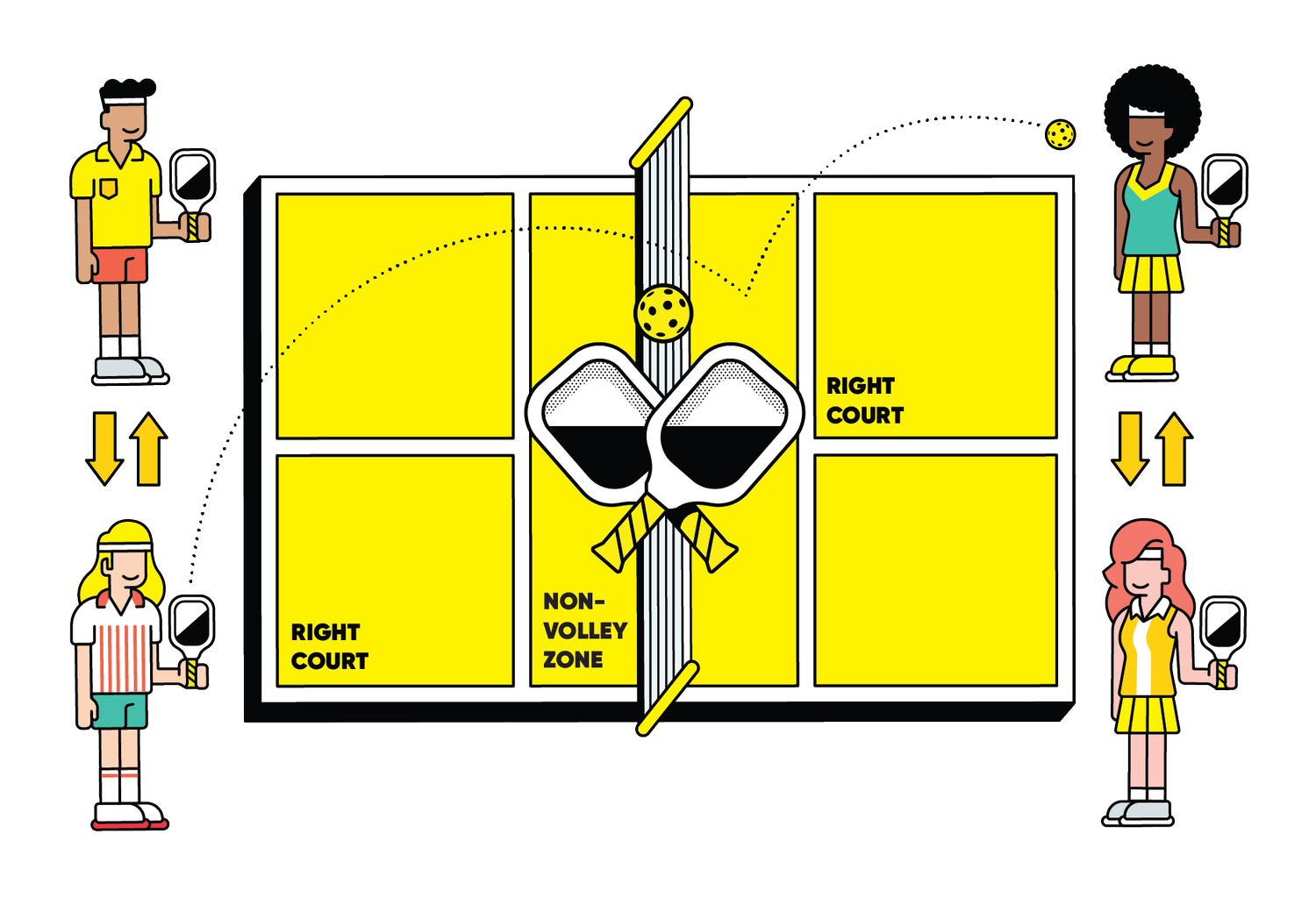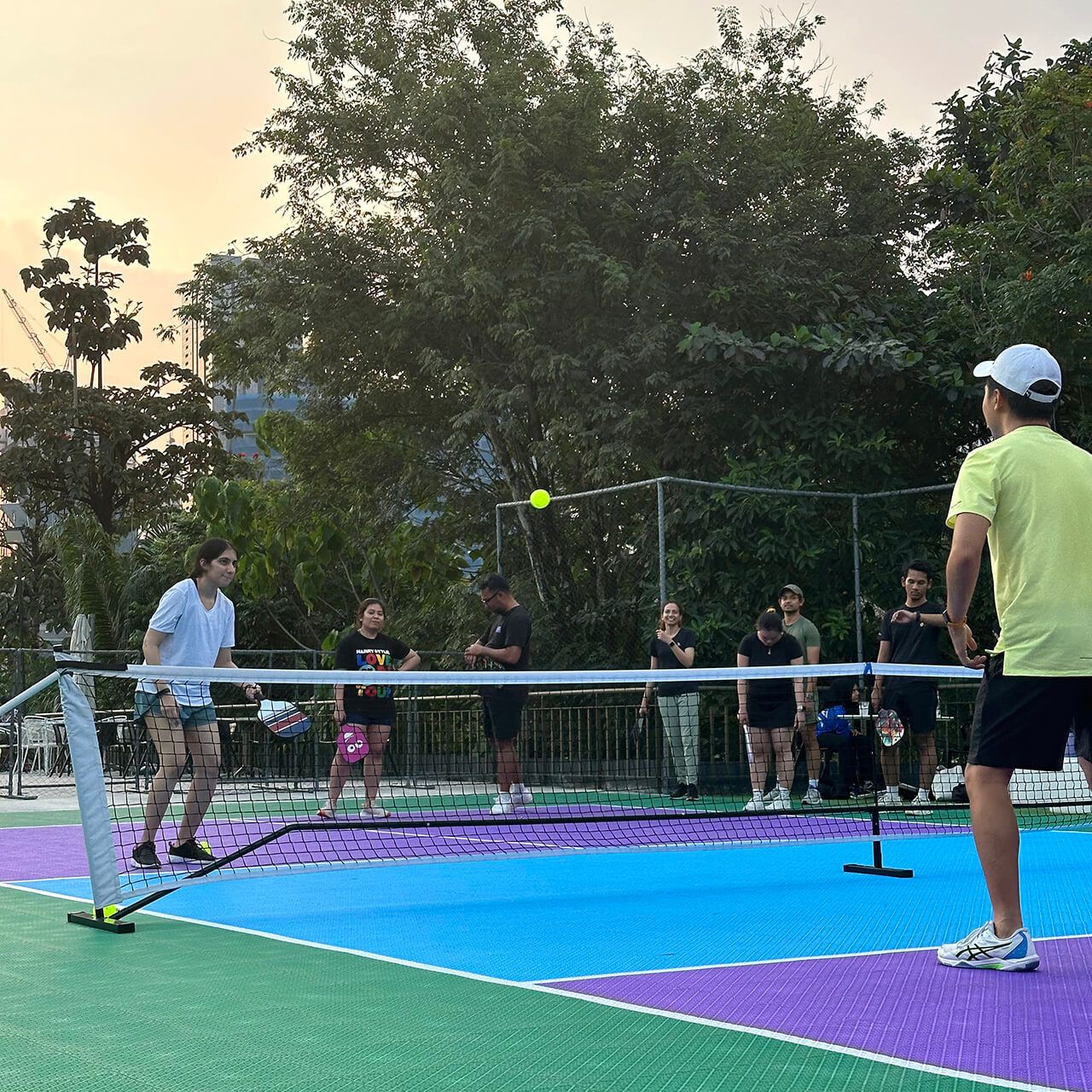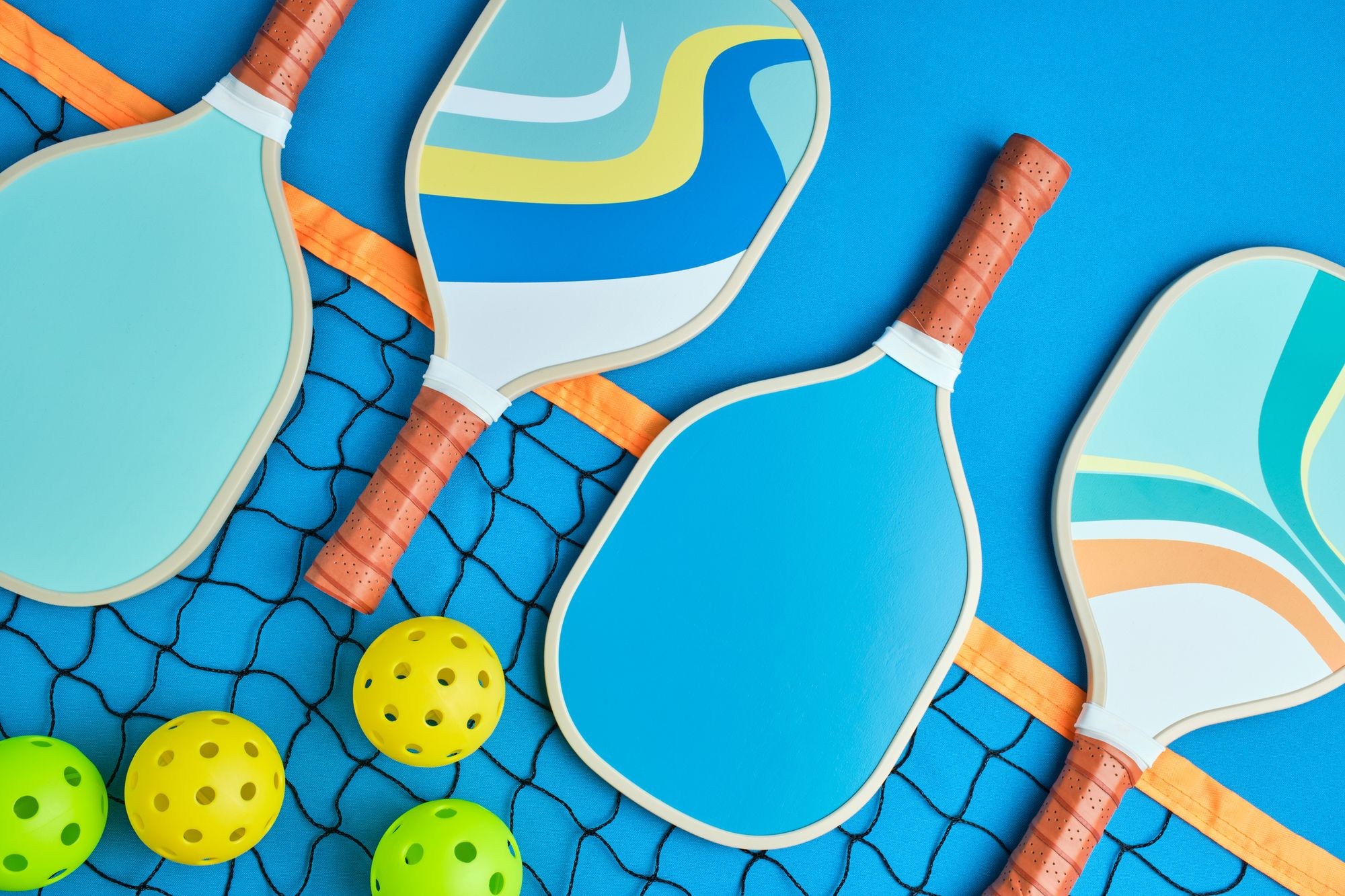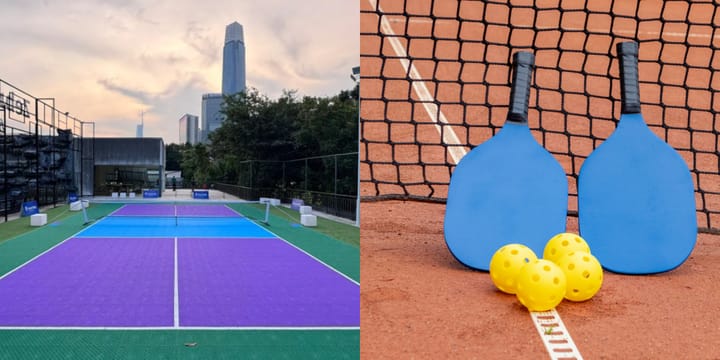How To Play Pickleball: All You Need To Know About Basics & Rules

Getting the FOMO watching your friends playing pickleball? Maybe you’ve been planning to start but not sure how to go about it. Or curiosity has gotten the best of you; why is pickleball so popular in Malaysia? Well, you’re at the right place! To get you started on your journey of learning how to play pickleball, we’ll go through the essentials including rules, scoring system, serves, and more.
Is It Hard To Play Pickleball?

Let’s get this commonly asked question out of the way. Pickleball isn’t hard to pick up and play. Despite blending elements from tennis, badminton, and ping-pong, the basics are surprisingly easy to grasp. The smaller court size requires less running, making the game less physically demanding and more accessible, especially for beginners. Besides, the lightweight paddle and wiffle-like ball slow down the game, providing better control, even for those new to racket sports.
The sport’s strong social aspect, often played in doubles, fosters a fun and supportive learning environment. The paddle sport is also highly adaptable, catering to various skill levels and age groups.
How To Play Pickleball: Basic Rules
Remember them!
The Two-Bounce Rule
A key point in learning how to play pickleball, the two-bounce rule ensures a rally develops in a controlled manner. Here's how it works:
After these two bounces (one on each side), players are allowed to hit the ball either out of the air (volley) or after it bounces. This rule prevents overly aggressive play right from the serve and promotes longer rallies instead.
Serving

If you’re serious about learning how to play pickleball, mastering the serves is crucial (as with most racquet sports). There are specific key movements to remember when serving, helping to ensure fair play, and are essential for maintaining the flow of the game. Here are the essentials:
Non-Volley Zone aka "The Kitchen"
Often referred to as “the kitchen” (no cooking done here though), is a critical area of the court located on both sides of the net. It extends about 2m from the net toward the baseline on each side. Here’s what you need to know about the non-volley zone:
Essentially, the non-volley zone exists to prevent players from standing too close to the net and smashing volleys, which would make the game less strategic and more about power.
Scoring

The pickleball scoring system is different from comparable racquet sports like badminton and tennis, especially in the way scores are given. It’s important to remember that only the serving side can score. But how does that come into play? Here’s what you need to know:
Score Counting: The score is announced in three numbers: the server’s score, the receiver’s score, and the server number (1 or 2). For example, “4-3-1” means the serving team has 4 points, the receiving team has 3 points, and it’s the first server’s turn.
Serving Sequence (Doubles): Each team has two serves per turn, one per player, except for the first service sequence of the game, where only one player serves. After each point won by the serving team, the server switches sides with their partner and continues to serve until they lose the rally. When the serving team loses a rally, the serve passes to the second server on that team. If the second server loses the rally, the serve goes to the opposing team.
Side Out: A “side out”–or “service over” in badminton terms–occurs when the serving team loses their serve. The serve is then passed to the opposing team.
Singles Play: In singles, the serve alternates between players after each fault, with only one server per turn. The server serves from the right side of the court when their score is even and from the left side when their score is odd.
Faults
A fault is a violation of pickleball rules that results in a point to the opposing team. Faults are divided into categories, each focusing on a specific aspect of the game:
Don’t Forget To Bookmark This Article If You’re Learning How To Play Pickleball

We hope this info has been useful in your pickleball journey! Whether you’re a seasoned player or a novice, familiarizing yourself with the rules helps you enjoy the game and win matches!
Here at Courtsite, we partner with some of the best pickleball courts in Malaysia. From the Klang Valley to East Malaysia, you’ll find one that best suits your needs–no matter your location, skill level, and group size. Book now!




